What does Brexit mean for drivers, the 'booze cruise' and the UK car industry?
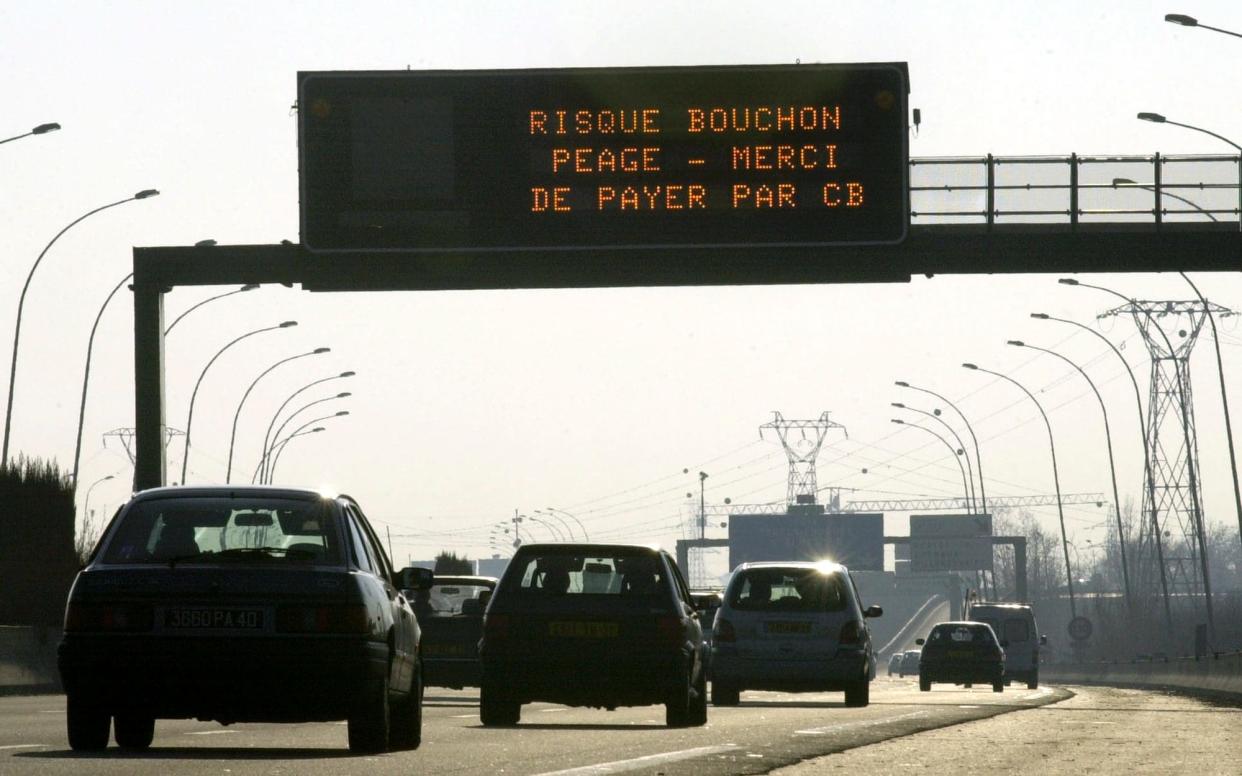
It’s impossible to predict the full effect of Brexit, but within the context of motoring there are a handful of changes that we can reasonably anticipate.
None of the expected changes are likely to take effect immediately. Ongoing economic upheaval will continue to have an influence on the cost of motoring – namely fuel prices – but there are other factors that will have a more acute impact. This is a look at what motoring might look like in a couple of years' time, when the impact of Brexit has actually made itself felt.
Buying a car
The price of new and used cars is expected to rise post-Brexit. A number of factors are responsible for this, including fluctuations in the value of the pound, but it’s the estimated £4.5bn increase in costs for the industry that’s likely to be a driving force behind consumer price rises. With the Society of Motor Manufacturers and Traders (SMMT) suggesting an increase of about £1,500 in the price of foreign-built cars, British motorists could suffer a financial sting before they even get behind the wheel.
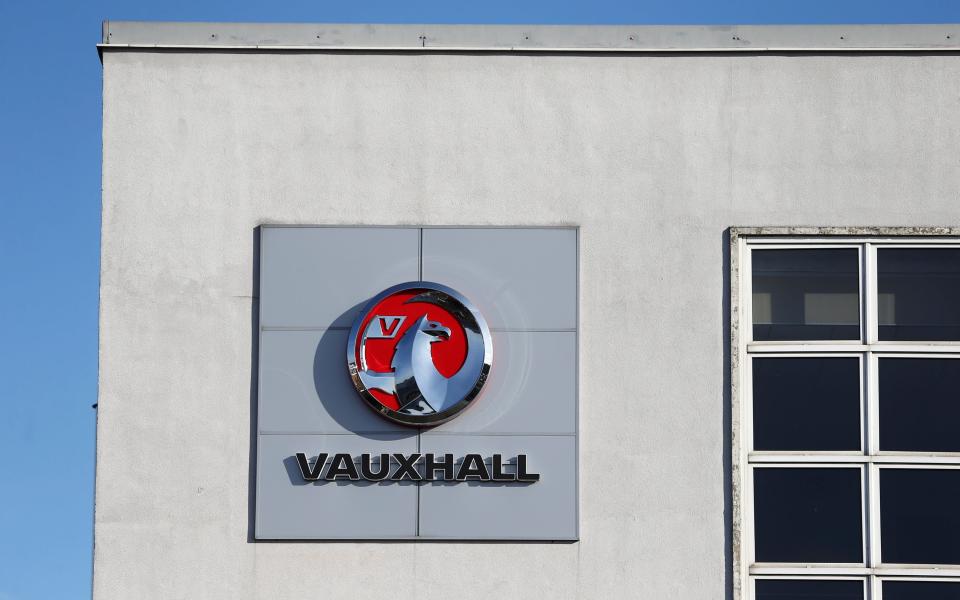
We could find ourselves with a smaller range of cars to choose from, too. At the moment there are already several models that we don’t get in the UK – pretty much every car segment has an omission in Britain – but this number is set to grow post-Brexit. The cost of engineering a car in right-hand-drive purely to accommodate this contrarian island may become unfeasible for European manufacturers. Brexit could cause a rise in grey imports, including from other right-hand-drive countries such as Japan.
Car manufacturing is one of the most important industries for the UK economy. It supports around 800,000 jobs and is the main employer in several towns. According to the SMMT, more than three quarters of its member companies (which includes enormous vehicle manufacturers to smaller suppliers of components) were opposed to Brexit – now that the process is underway, manufacturers and their employees are faced with uncertainty.
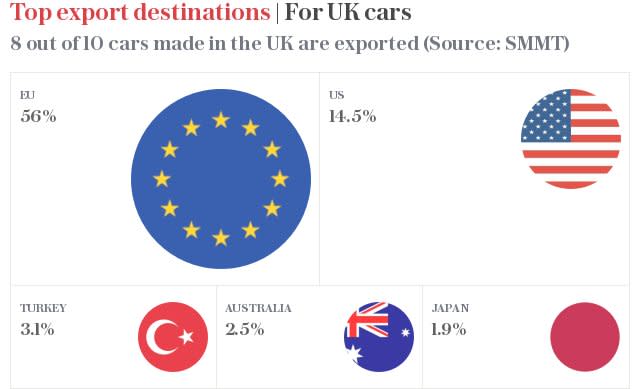
Around 1.72 million cars were built in the United Kingdom last year, around 1.35 million of which were exported. These are both record figures. However, the SMMT has said that this is at odds with the uncertainty felt by the industry, and warned that the trend was unlikely to extend into 2017. Investment fell by around a third, which gives some perspective – much of the foreign investment that has fuelled British car production was made on the basis that the UK was a member of the EU and a member of the single market.

Jaguar Land Rover is the UK's largest single manufacturer, but in close second is Nissan – of the 1.35 million cars built in Britain and shipped overseas, most were built by foreign brands. Nissan builds its bestselling Qashqai here, while the Civic is shipped all over the world from Honda's factory in Swindon. Every manufacturer is seeking reassurances from the British government that they will be protected, but there have been no conclusive answers yet.
Running a car
Along with car prices, the cost of fuel at the pump is expected to rise as Brexit kicks in. How much will depend on currency fluctuations and – more importantly – the global factors that affect the price of oil anyway, but the combination of rising crude prices and a devalued pound would be painful at the forecourt.
The AA has suggested a “worst case scenario” of a litre of fuel costing an extra 18.7p, which would translate into nearly £500 more per year for a two-car family filling up every fortnight.
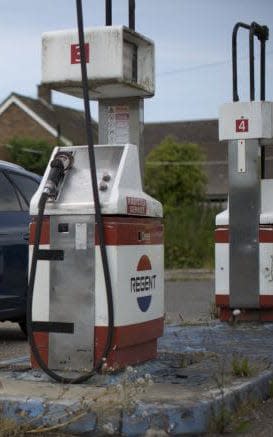
The cost of insurance is already rather high. There’s no indication that Brexit will cause a significant change in the price of your premium, though if you’re a woman you could be in luck – there’s a slim chance that female motorists will see a drop in the price of insurance, while men will have to pay more.
The reason? About five years ago, European law meant that insurers weren’t allowed to take a person’s gender into account when they ask for a quote. Women had previously enjoyed cheaper insurance due to being considered a lower risk, while men’s policies tended to be more expensive. That evened out in 2012 but with Britain out of the EU, we could see this equality law – along with thousands of others – being reversed.

The price of parts, including things that you have to periodically replace anyway, such as tyres, is likely to change along with the cost of imports. One of the car industry’s main concerns is the effect that Brexit will have on the supply chain of components – increased costs will be shared with consumers, too.
Driving abroad
Dover is the busiest passenger port on the planet. Millions of people travel by car to Calais every year, with millions more taking other ferries or the Channel Tunnel. About 20 million passengers take “short sea” crossings to and from the EU, and about half of those cross the Channel.
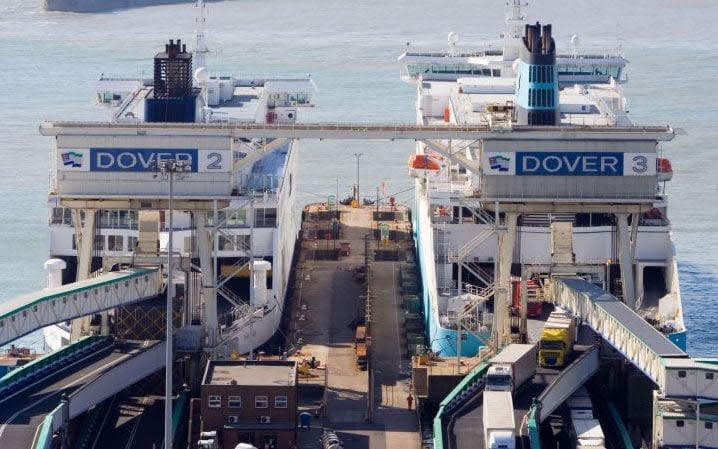
The first thing that motorists driving abroad will encounter post-Brexit is changes to customs. It’s fair to expect delays – Brexit isn’t going to make things quicker – but we’re also likely to see changes to the amount of EU produce we can bring back to Britain.
At the moment, Brits regularly make full use of the generous alcohol and tobacco allowances currently in place. There are no limits to the amount of alcohol and tobacco you can bring into Britain from EU countries, but this could change after Brexit. When travelling from outside the EU, Brits can bring 200 cigarettes, 16 litres of beer, four litres of non-sparkling wine, and then either a litre of spirits or two litres of sherry. It’s unclear whether, post-Brexit, the allowances might resemble the current limits that apply to arrivals from outside the EU.
We could see a return to traditional duty free shopping, however. Rather than paying tax on alcohol and cigarettes in another EU country and bringing it back, Brits could benefit from “proper” duty free goods, which haven’t been taxed. The allowances might be lower, but the cost of the wine and cigarettes could be lower too.
Within the EU, British motorists should have no problems passing between countries. The Schengen Area of 26 countries has abolished border controls – visitors to the EU will still be able to enjoy unrestricted travel by road within this area. There will be a limit on how much time you can spend in the EU now, though – and you may have to apply for a visa to visit in the first place.
The border between the Republic of Ireland and Northern Ireland, currently a soft border, could see a return of customs controls.
What if something goes wrong?
The relentless consumption of fags and booze can have a serious impact on your health. At the moment, Brits abroad in the EU receive medical treatment as if they were a resident of the country where they are taken ill. The European Health Insurance Card (EHIC) means that they’ll get treated wherever they are, something which may change following Brexit.
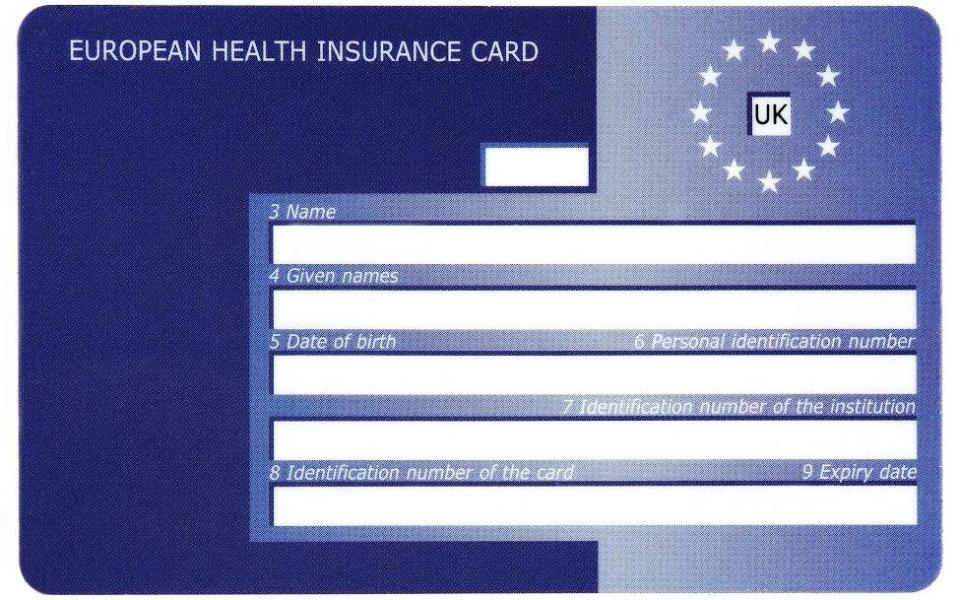
The EHIC is issued by European Economic Area (EEA) member states, so it could remain, and there are other non-EU countries (including Norway and Iceland) that enjoy its benefits. But it’s not unlikely that we’ll also leave the EEA – with that, we’ll lose our European Health Insurance Card too, among other things.
For all the latest news, advice and reviews from Telegraph Cars, sign up to our weekly newsletter by entering your email here

 Yahoo News
Yahoo News 
